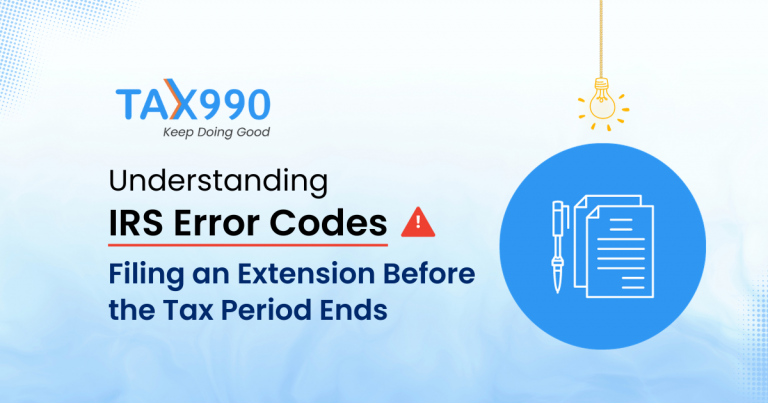Estimated reading time: 8 minute(s)

Filing your organization’s tax return can be a once-a-year task that’s easy to overlook. To help you navigate the complexities of the 990 series returns, we’ve put together a guide outlining the filing requirements and the different forms available.
Understanding the Basics
The form you choose depends on your organization’s financial activity, which may vary from year to year. 990 series returns provide the IRS with a snapshot of your organization’s accomplishments, programs, activities, and financial transactions. This information is crucial not only for tax purposes but also when applying for grants, securing funding, or engaging with donors and volunteers.
Choosing the Right Form
Selecting the appropriate form is key, and it’s determined by your organization’s gross receipts and total assets at the end of the tax year. Gross receipts include all income without subtracting any costs, while total assets are the economic value of owned assets.
Before filing, it’s advisable to confirm these figures with a tax professional. Additionally, gather essential information such as your organization’s EIN, address, tax-exempt status, tax year dates, and principal officer details.
E-Filing and Compliance
Since July 1, 2019, the IRS has mandated e-filing for 990 series returns. E-filing not only reduces errors but also ensures compliance with IRS guidelines, leading to more accurate calculations and a quicker turnaround time.
Forms in the 990 Series
- 990-N (E-Postcard)
- For organizations with gross receipts under $50,000.
- No extension was available.
- 990-EZ (Short Form Return)
- For organizations with gross receipts under $200,000 and total assets under $500,000.
- Provides a concise overview with six parts.
- 990 (Long Form Return)
- For organizations with gross receipts ≥ $200,000 or total assets ≥ $500,000.
- Requires detailed information on mission, accomplishments, revenue, expenses, governance, and more.
- 990-PF (Private Foundation)
- Mandatory for private foundations.
- Supports Schedule B for reporting contributor information.
Additional Forms
- 990-T (Business Income Tax Return):
- Reports unrelated business income or tax liability.
- Form 8868 (Extension Request):
- Allows a 6-month extension for 990, 990-EZ, 990-PF, and 990-T.
- This is an automatic extension, as long as the request is completed with accurate information before the original 990 deadline, it will most likely be granted.
Filing Deadlines
Deadlines are based on your organization’s tax year and must be met to avoid penalties or revocation of exempt status. Most organizations follow either a calendar tax year (January 1 – December 31) or a fiscal tax year (July 1 – June 30).
Check out our free Form 990 Due Date Calculator to confirm your organization’s 990 deadline!
Ensuring the accurate and timely filing of your 990 series return is crucial for maintaining compliance and preserving your organization’s tax-exempt status. For more information and to calculate your filing deadline, visit Tax990.com.




